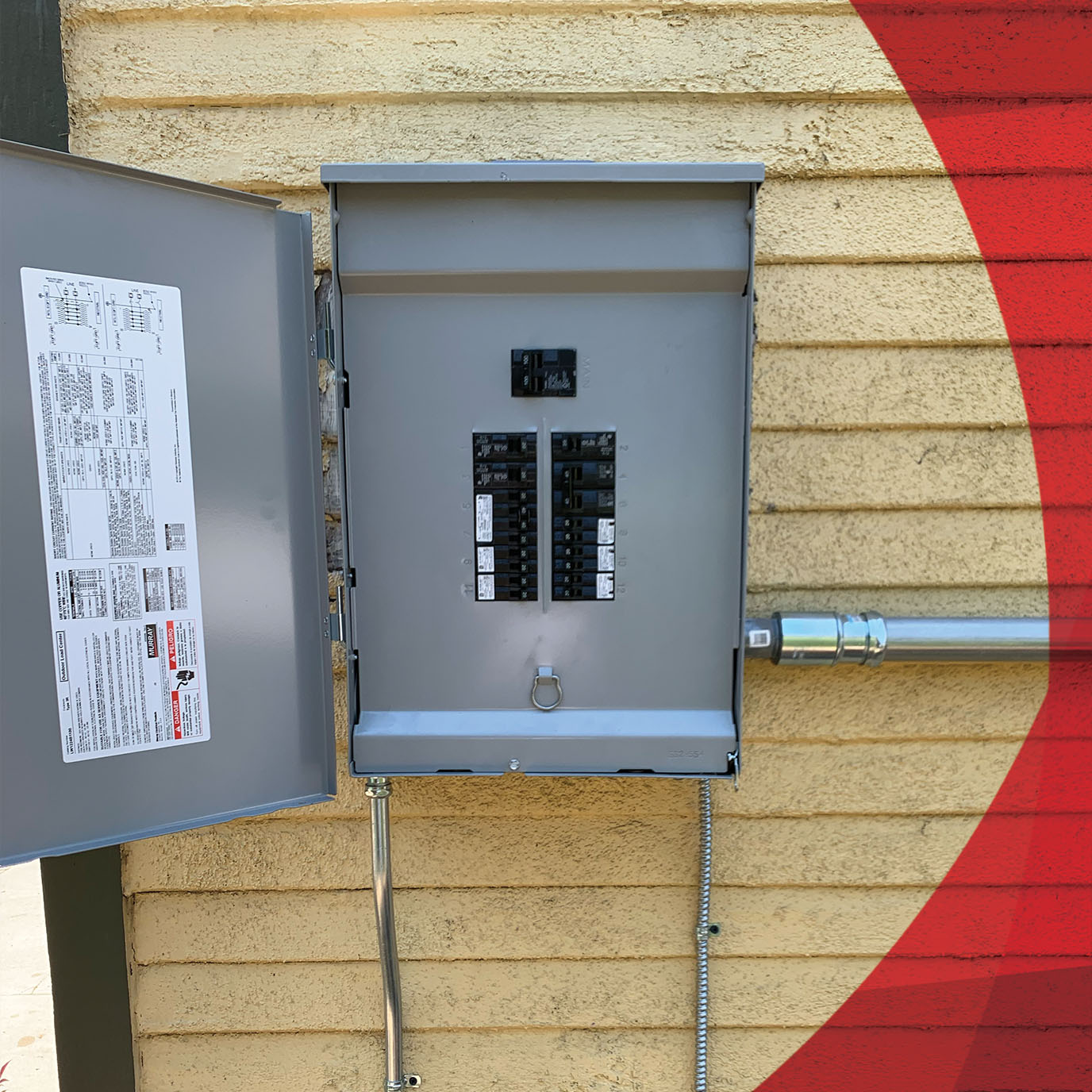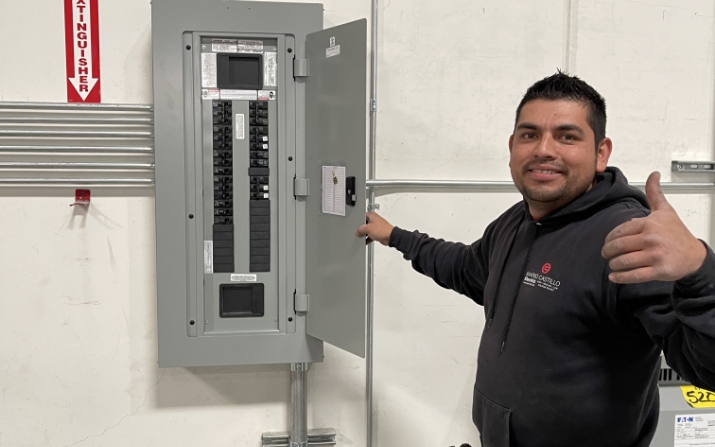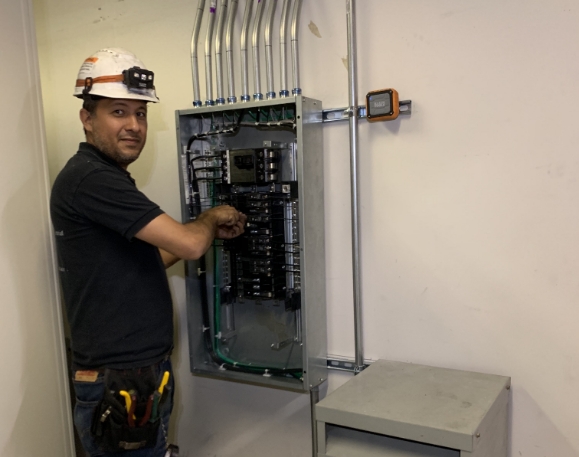What’s the Difference Between Main and Sub Panels?
Feb 17, 2023 | Panel Upgrade
When it comes to electrical work, there are a lot of terms that can be confusing to those who are not in the industry. One of those terms is “main panel” and “sub panel.” Both of these types of panels serve an important role in your home or business, but they also have distinct differences. Let's look at these two types of panels and how they both play an essential role in regulating power to your home or office building. Contact the electrician experts at Mario Castillo Electric for your panel services, including installation, repair, and maintenance.


What is a Main Panel?
A main panel — otherwise known as a service panel, breaker panel, or load center — provides power to the multiple circuits within a building. It also helps create an organized system of grounding and bonding wires that safely distribute electricity throughout. The main panel also serves as a junction point for all other sub-panels located throughout the building. It is important to note that all wiring must be done correctly with respect to safety regulations and codes when installing a main panel.
What is a Sub Panel?
A sub-panel, also known as an auxiliary panel, provides additional power for specific circuits within your home or business. These can be used to split up larger circuits into smaller ones, allowing you to better manage electricity use in different areas of your building. Unlike the main panel, which requires professional installation due to safety concerns, sub-panels can often be installed by homeowners or business owners themselves if they have some basic understanding of electrical wiring and circuitry.
How Main and Sub Panels Work Together
Main panels and sub panels are indispensable components of the electrical system in larger premises such as warehouses, offices, and homes. Together, these systems allow for efficient energy distribution by providing sufficient power for the various user needs. On a basic level, main panels act as the central source of power and the sub panel distributes through multiple circuits allowing for more devices to be connected at once. By understanding how these two pieces work closely together, it helps protect property owners from serious consequences such as circuit overloads leading to costly electric fires. It is important to remember that while they can seem intimidating at first glance, knowing how main panels and sub panels interact can make all the difference when it comes to safety in your home or business.


Consider Installing a SMART Panel
Installing a smart panel for your circuit breaker is a great way to improve the safety and efficiency of your home or business. Smart panels continually monitor power loads and generate automatic shutdowns when circuits are close to being overloaded, minimizing the risk of fires or other damage due to overloading. Additionally, having more precise control over all circuit breakers gives you greater flexibility in customizing your space by adding device-specific outlets and distributing power more cost-effectively while avoiding dangerous surges of electricity. Not only is this upgrade easy on your wallet, but it can also help with keeping your family and customers safe! We are excited to partner with SPAN®, a certified Energy Management System.
When to Install Sub Panels
When deciding to install a subpanel in your home or office building, there are several important considerations you must take into account. First and foremost, it’s essential to determine whether the current load distribution is adequate for your needs. If power requirements have recently increased for a particular area, it may be necessary to supplement the current wiring in order to ensure safe and reliable services within a space. Additionally, if the building or remodeling project currently underway has resulted in a great deal of electrical work being done, it could be worth installing a subpanel as an effective means of ensuring that the new systems are adequately powered while avoiding overstressing circuits. Ultimately, bringing in an expert electrician will give you the best advice on what type of subpanel is most appropriate for your situation.
Main and sub panels are both essential components for any residential or commercial building; however, they each play very different roles in controlling electricity flow throughout the structure. While main panels require professional installation due to safety regulations, sub-panels can often be installed by homeowners or business owners themselves with some basic knowledge of electrical wiring and circuitry. Understanding the difference between these two types of panels will help you ensure that your home or business has sufficient power while avoiding any potential issues related to improper wiring or circuit overloads. Contact the experts at Mario Castillo Electric for a free inspection.
Sign Up For Blog Updates
Join the email list to receive updates and information.
"*" indicates required fields
